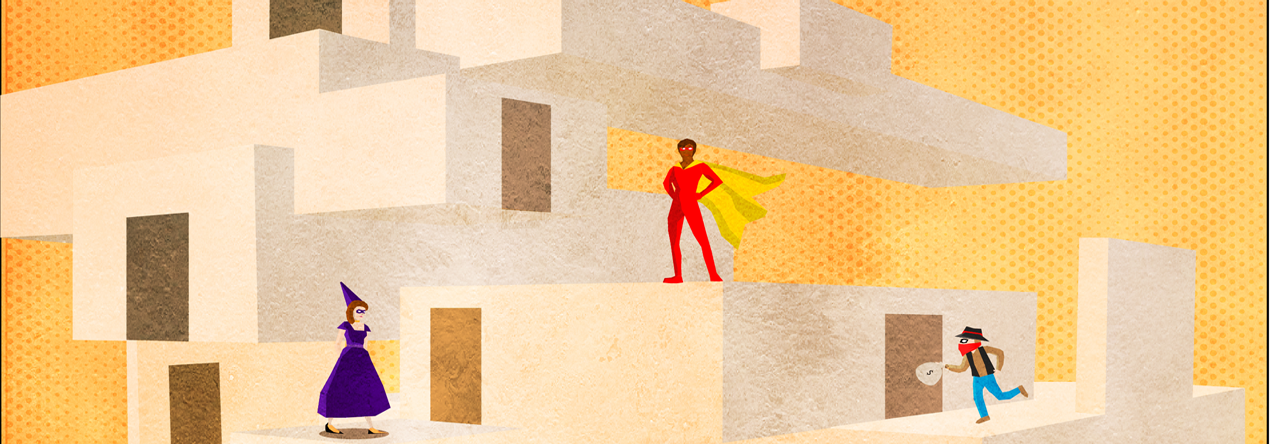For many free to play (freemium) games their revenue relies on whales. Whales are players that spend a disproportionate amount of money on a game relative to other players, and they make up a very small percentage of players.
This approach to game revenue can be rather problematic if you’re game doesn’t get thousands or millions of players. And as the mobile app stores get more and more saturated reaching that critical number of players becomes a bigger and bigger challenge.
Encouraging these players to play for freemium upgrades can be a challenge and game designers need to design for free to play from the start of the design process. Still, what can game companies do to attract these whale players and is it a good idea?
Michael Lewis at the Toronto Star takes a look into how game companies hunt elusive whales to stay afloat. He even interviewed me about whales and how game companies make their business plans.
Whales, moreover, are not likely to admit they are such, according to Adam Clare, who teaches games design at George Brown College and develops games at Wero Creative.
The vast majority of gamers who play free games never spend on them regardless of how many in-app purchases they offer, he said.“So the business model has boiled down to getting as many players as possible, then hoping that someone out there will love the game so much they spend a tonne of money on it.”
Game developers have always assumed that this random approach is logical, he said, even though developers also assumed that the people spending $50 or more a month on a game for extra time or virtual prizes must be misguided.
Some research on whales suggests in fact that they are not impulsive but more rational in a kind of hedonistic way — long-term thinkers, cool-headed and methodical who see expenditure on gaming as part of their entertainment budget.
Now go get Wero’s free to play game AstroDoge.






You must be logged in to post a comment.